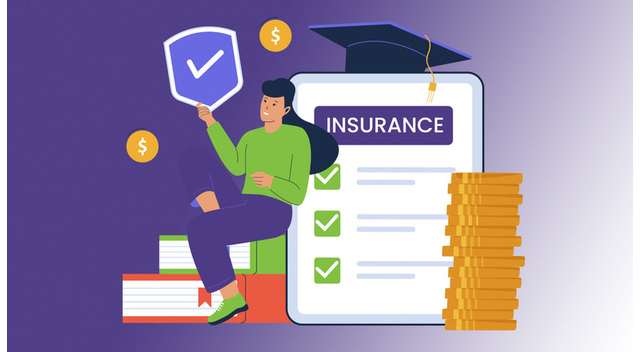Financial decisions such as taking a loan or buying insurance can shape your future stability and security. Whether you live in the USA, Canada, or Australia, the core principles of borrowing and protecting assets remain similar, yet each country has its own rules, systems, and market trends. This guide will walk you through the essentials of loans and insurance in these three countries, helping you make informed decisions.
Understanding Loans in the USA
In the United States, loans are a major part of personal and business finance. Common types include personal loans, mortgage loans, auto loans, student loans, and business loans. Interest rates vary depending on your credit score, loan type, and repayment period. For example, mortgage loans typically have lower interest rates compared to personal loans due to collateral security.
The U.S. credit system plays a crucial role. A higher FICO score (usually 670 and above) means better chances of approval and lower interest rates. Lending institutions range from traditional banks and credit unions to online lenders and peer-to-peer platforms. Americans also have access to federal student loans and small business loans through government programs like the Small Business Administration (SBA).
Understanding Loans in Canada
Canada’s loan system operates under strict regulations to protect borrowers. Popular loans include mortgages, car loans, personal loans, student loans, and business financing. Interest rates are influenced by the Bank of Canada’s benchmark rate and your individual credit score.
A unique feature in Canada is the Canada Student Loans Program, offering low-interest loans to students, and mortgage rules requiring a minimum down payment based on property value. Credit history is important here too, with scores usually ranging from 300 to 900. Canadian borrowers also benefit from federally regulated mortgage stress tests to ensure they can handle potential interest rate increases.
Understanding Loans in Australia
Australia offers a wide variety of loan options such as home loans, personal loans, car loans, education loans, and small business loans. Lenders include major banks, credit unions, and online lending companies. Interest rates depend on your credit history, loan amount, and repayment term.
One distinct aspect of the Australian loan market is responsible lending laws, which require lenders to verify your ability to repay. Student loans in Australia operate under the Higher Education Loan Program (HELP), where repayment is income-based and automatically deducted through the tax system. This makes education loans more manageable for graduates.
Insurance in the USA
Insurance is an essential part of financial planning in the United States. The most common forms include health insurance, life insurance, auto insurance, homeowners insurance, and disability insurance. Health insurance is often provided by employers, purchased privately, or accessed through government programs like Medicare and Medicaid.
Life insurance policies range from term life to whole life coverage, providing financial protection to beneficiaries. Auto insurance is mandatory in most states, and coverage requirements vary. Homeowners insurance protects against property damage and liability, and it’s often required by mortgage lenders.
Insurance in Canada
Canada’s insurance market is highly regulated and offers a wide range of products. The most common include health insurance, life insurance, home insurance, auto insurance, and travel insurance. While Canada has a universal healthcare system covering basic medical needs, private health insurance is often purchased to cover prescription drugs, dental care, and vision care.
Life insurance is widely used for family financial security, with both term and permanent policies available. Auto insurance is mandatory in all provinces, but coverage details and costs vary by location. Homeowners insurance is not legally required but is highly recommended for property protection.
Insurance in Australia
In Australia, common insurance products include health insurance, life insurance, car insurance, home insurance, and income protection insurance. The country offers a universal healthcare system called Medicare, which covers most essential health services. However, many Australians choose private health insurance to access extra benefits and shorter waiting times.
Car insurance is mandatory at least in the form of Compulsory Third Party (CTP) insurance, which covers injuries to others in an accident. Home and contents insurance protects against damage to property and belongings. Income protection insurance is also popular, providing monthly payments if you can’t work due to illness or injury.
Tips for Choosing Loans and Insurance
- Always compare interest rates and terms from multiple lenders or insurers.
- Maintain a strong credit history to secure better deals.
- Understand repayment obligations before committing to a loan.
- Choose insurance policies based on your actual needs, not just price.
- Read all terms and conditions carefully to avoid hidden costs.
- Seek professional financial advice for major decisions.
Conclusion
Loans and insurance are powerful financial tools when used wisely. In the USA, Canada, and Australia, each has unique systems, regulations, and benefits. By understanding the different types, comparing options, and making informed choices, you can secure better financial stability and protection for yourself and your family. Whether you are borrowing for a home, protecting your health, or safeguarding your assets, careful planning will ensure you make the most of these opportunities.

























